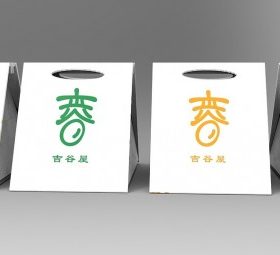After reviewing the key aspects of lighting logistics ,today we focus this entry in our blog on the essential aspects to take in consideration when we are going to work about packaging of lighting articles.
To get into this field we must first consider how the market situation is at the moment. A large part of the bulbs are manufactured in Asia and it is from there where the importers from all over the world bring these products.
About 20 years ago, when light bulbs began to be sold in masse, those that managed to reduce in more than half the consumption of light in Europe, the import was shielded from Asia.
The reality is that an antidumping was done close to 70%, a barrier to protect the internal production of an area, in this case European. However, the tariff barriers are becoming smaller and in the case of the led, there have never been any.
The production trends in this lighting market are mainly focused on two segments. Those brands that manufacture at the place of destination or those that import the product in bulk.
In the first case, the importer of yesteryear has set up production lines to be able to assemble Just in Time. Which in turn is tied to a higher quality strategy, since it can not compete with price according to the specialized labor in each country and does it with quality.
In the case of bulk importation, where packaging is of the utmost importance, packaging studies have been carried out to optimize the space and to flexibilize the flow in the greatest possible way towards the customer, even in cases where demand does not reach large lots.
The way to operate is to bring this product of illumination in bulk in a primary packaging and maintain a single stock by type of bulb, not as in times past where the product range required importing dozens of codes of the same product with control problems and superstock that was supposed to pack later, on demand, of the customer.
However, today’s selling prices are no longer what they were and the margins either. This fact, added to the bulbs have a high volume, makes packaging design a key factor in saving costs but also to sell the product..
And therefore the design and engineering of packaging during the development and the birth of the product is essential at all levels – unit packaging, innerbox and masterbox – to be as optimal as possible.
In this way, the more light bulbs we can insert in a pallet we will have lower logistics costs throughout the supply chain. Thus, we will achieve a lower transport of supply, lower warehouse occupancy and less distribution transportation to customers. In short, the study of adequate packaging, in this sector, is decisive in all its logistics chain.
 Español
Español English
English



